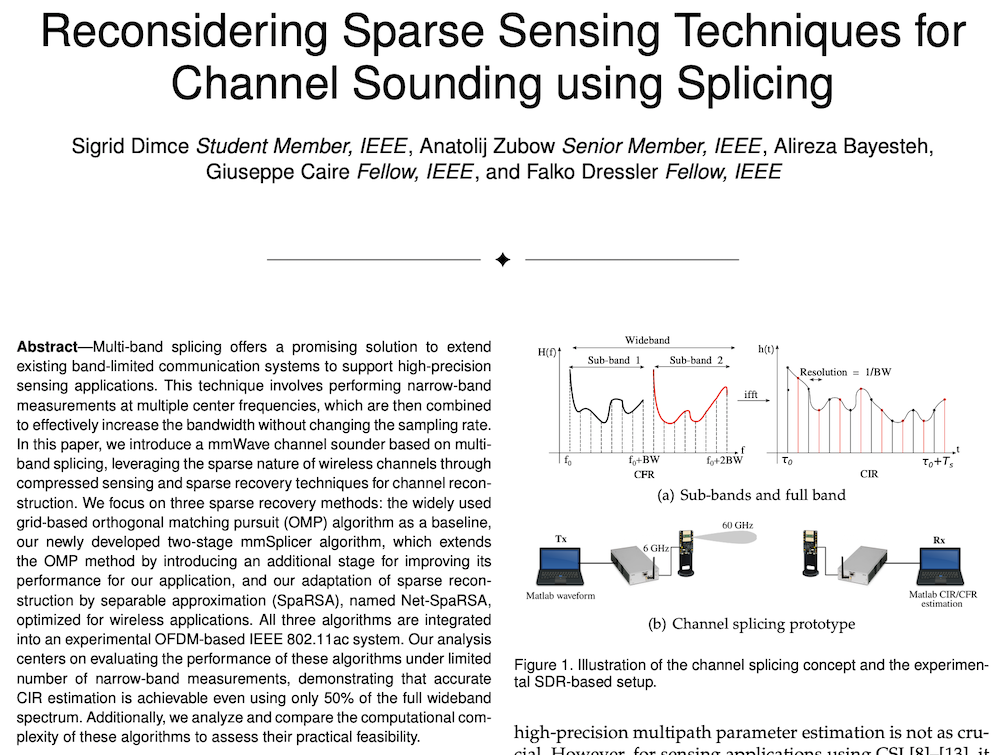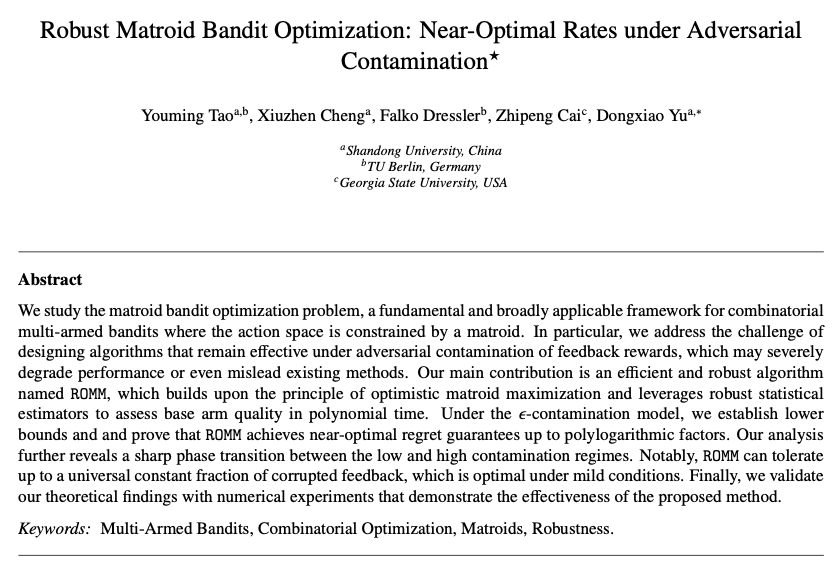Literature Database Entry
dressler2015ivc-tutorial
Falko Dressler, "Towards the Vehicular Cloud: From Connected Cars to Smart Cities," Tutorial, IEEE Wireless Communications and Networking Conference (WCNC 2015), Istanbul, Turkey, March 10, 2015.
Abstract
Looking back at the last decade, one can observe enormous progress in the domain of vehicular networking. In this growing community, many ongoing activities focus on the design of communication protocols to support safety applications, intelligent navigation, multi-player gaming and others. Very large projects have been initiated to validate the theoretic work in field tests and protocols are being standardized. With the increasing interest from industry, security and privacy have also become crucial aspects in the stage of protocol design in order to support a smooth and carefully planned roll-out. Researchers from academia and industry recently met at an international Dagstuhl seminar to discuss open research challenges as well as open issues related to market-oriented design. We are now entering an era that might change the game in road traffic management. This is supported by the U.S. federal government announcement in February 2014 that National Highway Traffic Safety Administration (NHTSA) plans to begin working on a regulatory proposal that would require V2V devices in new vehicles in a future year. This NHTSA announcement coincides with the final standardization of higher layer networking protocols in Europe by the ETSI. From an industry point of view, vehicular networking serves as one of the most important enabling technologies required to implement a myriad of applications related to vehicles, vehicle traffic, drivers, passengers and pedestrians. In this tutorial we will look into applications and use cases of vehicular networking followed by an overview of the standardization activities. We will primarily discuss the challenges and opportunities of the connected cars vision in relation to some of the most needed components in modern smart cities: improved road traffic safety combined with reduced travel times and emissions. Using selected application examples including the use of virtual traffic lights, intelligent intersection management, and platooning, we assess the needs on the underlying system components with a particular focus on inter-vehicle communication. The tutorial is supported by a textbook on "Vehicular Networking" authored by Falko Dress-ler that will be published just ahead of the tutorial lecture by Cambridge Press.
Quick access
Contact
BibTeX reference
@misc{dressler2015ivc-tutorial,
author = {Dressler, Falko},
title = {{Towards the Vehicular Cloud: From Connected Cars to Smart Cities}},
howpublished = {Tutorial},
publisher = {IEEE Wireless Communications and Networking Conference (WCNC 2015)},
location = {Istanbul, Turkey},
day = {10},
month = {03},
year = {2015},
}
Copyright notice
Links to final or draft versions of papers are presented here to ensure timely dissemination of scholarly and technical work. Copyright and all rights therein are retained by authors or by other copyright holders. All persons copying this information are expected to adhere to the terms and constraints invoked by each author's copyright. In most cases, these works may not be reposted or distributed for commercial purposes without the explicit permission of the copyright holder.
The following applies to all papers listed above that have IEEE copyrights: Personal use of this material is permitted. However, permission to reprint/republish this material for advertising or promotional purposes or for creating new collective works for resale or redistribution to servers or lists, or to reuse any copyrighted component of this work in other works must be obtained from the IEEE.
The following applies to all papers listed above that are in submission to IEEE conference/workshop proceedings or journals: This work has been submitted to the IEEE for possible publication. Copyright may be transferred without notice, after which this version may no longer be accessible.
The following applies to all papers listed above that have ACM copyrights: ACM COPYRIGHT NOTICE. Permission to make digital or hard copies of part or all of this work for personal or classroom use is granted without fee provided that copies are not made or distributed for profit or commercial advantage and that copies bear this notice and the full citation on the first page. Copyrights for components of this work owned by others than ACM must be honored. Abstracting with credit is permitted. To copy otherwise, to republish, to post on servers, or to redistribute to lists, requires prior specific permission and/or a fee. Request permissions from Publications Dept., ACM, Inc., fax +1 (212) 869-0481, or permissions@acm.org.
The following applies to all SpringerLink papers listed above that have Springer Science+Business Media copyrights: The original publication is available at www.springerlink.com.
This page was automatically generated using BibDB and bib2web.






